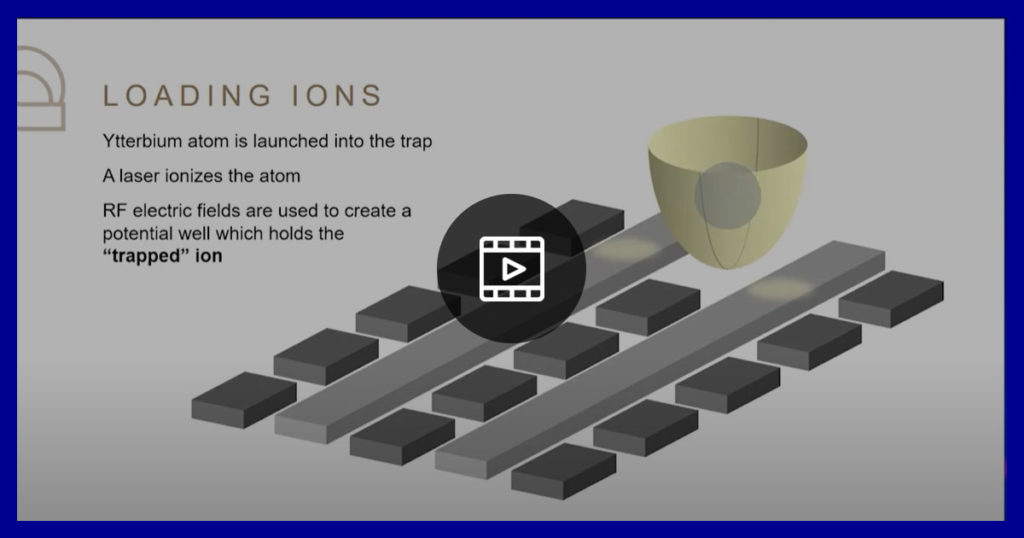NExT Forum:Quantum Computing
Find the full agenda here: https://forum.hh-ri.com/20211212/
🟢Speaker: Dr.Patty Lee, Chief Scientist, Technology Development Quantinuum
Patty Lee is the Chief Scientist of Technology Development at Quantinuum, where she leads the technology roadmap efforts to scale up trapped ion quantum computers. She received her PhD in physics from University of Michigan in Ann Arbor, where she developed phase control techniques for quantum logic gates in trapped ions. Prior to joining Honeywell, she worked as a research scientist at the National Institute of Standards and Technology, US Army Research Laboratory, and Lockheed Martin. Since joining Honeywell in 2016, her work has focused on the quantum charge-coupled device (QCCD) architecture for trapped ion quantum computers. In 2021, Honeywell Quantum Solutions combined with Cambridge Quantum to form Quantinuum.
🟢Topic: High Performance Commercial Trapped Ion Quantum Computers based on the QCCD Architecture
🟢Abstract: Honeywell Quantum Solutions and Cambridge Quantum recently joined forces to form Quantinuum, a full-stack quantum computing company. Quantinuum’s H-series trapped ion quantum computers, Powered by Honeywell, are designed around the quantum charge-coupled device (QCCD) architecture. By applying fast transport operations to reorder and position ion qubits across multiple trapping zones simultaneously on the device, the QCCD architecture creates a fully-connected, high fidelity, and scalable quantum computer. These systems offer the unique capability of performing conditional quantum operations dependent on mid-circuit measurement outcomes, and qubits can be re-used in the same circuit after measurements. This feature allows users to perform efficient quantum simulations and execute repeated cycles of quantum error correction, which was demonstrated for the first time on System Model H1. Recently, the H1 system became the first quantum computer to pass the quantum volume 1024 benchmark, the largest quantum volume ever measured on a commercial quantum computer. Future generation systems will incorporate new technologies such as 2D trap architectures and integrated photonics, in order to scale the number of physical qubits and further increase system performance.

